Ecosyste.ms: Awesome
An open API service indexing awesome lists of open source software.
https://github.com/uzitech/nsf2sql
Convert Lotus Notes (.nsf) to SQL
https://github.com/uzitech/nsf2sql
Last synced: 19 days ago
JSON representation
Convert Lotus Notes (.nsf) to SQL
- Host: GitHub
- URL: https://github.com/uzitech/nsf2sql
- Owner: UziTech
- License: mit
- Created: 2014-10-14T17:06:06.000Z (about 10 years ago)
- Default Branch: master
- Last Pushed: 2024-09-18T22:07:51.000Z (about 2 months ago)
- Last Synced: 2024-10-15T12:18:32.462Z (about 1 month ago)
- Language: C#
- Size: 1.27 MB
- Stars: 46
- Watchers: 11
- Forks: 30
- Open Issues: 9
-
Metadata Files:
- Readme: README.md
- Funding: .github/FUNDING.yml
- License: LICENSE
Awesome Lists containing this project
README
# NSF2SQL
Convert Lotus notes (.nsf) to SQL
This application finds Lotus Notes applications on a Domino server or local computer and exports the documents to a SQL file or directly to a MySQL server.
The tables are forms with each document as a row.
It stores fields with multiple values as separate tables linked with a foreign key.
## Tutorial
### Download
1\. Download the [latest release](https://github.com/UziTech/NSF2SQL/releases/latest).
### Open
2\. Open NSF2SQL.exe.
### Search
3\. Click [Search Server] to search for an application on a Domino Server or [Search Computer] to browse your computer for a .nsf file.
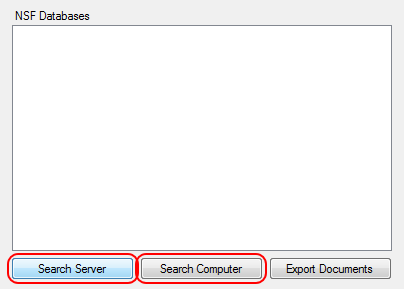
4\. Enter the server information if searching a server or just the password if opening a local file.
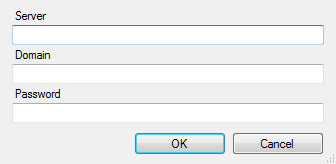
### Select
5\. Select the database to export and click [Export Documents].
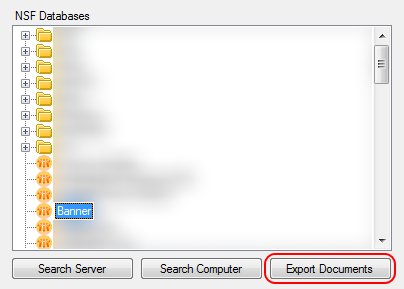
### Parse
6\. Wait until the program is done parsing the documents.

### Export
7\.Once all documents are parsed it will ask if you want to export to a server. Click [Yes] to have the sql imported directly to a MySQL server or click [No] to have the SQL dumped to a file so you can import it a different way.
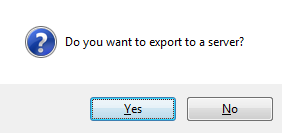
8\. If you chose to have the program import it directly to a MySQL server it will ask for your server information. Database is the name you want for the new database
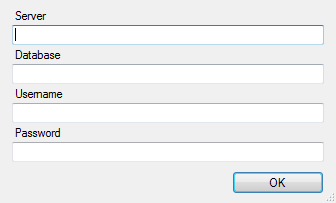
9\. If you chose to dump the SQL to a file it will be saved to a file called "export.sql" on your desktop and it will be opened after the program creates it.